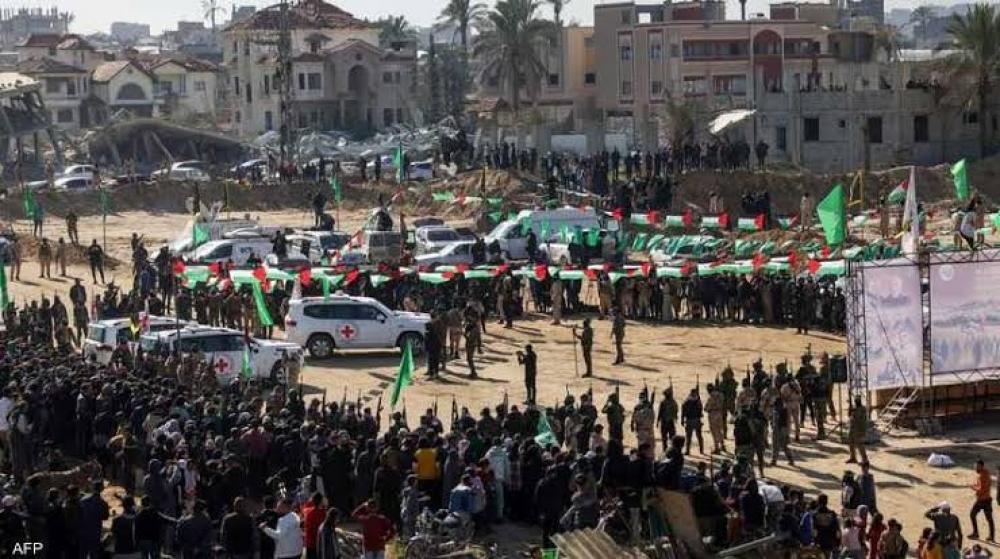Gaza – SABA:
A security official in the Hamas movement said Monday that resistance forces had uncovered Israeli surveillance and espionage devices planted at various locations across the Gaza Strip with the help of collaborators.
The official, speaking to the press, explained that multi-purpose quadcopter drones were used by the Israeli military to plant listening and recording devices for espionage and military purposes.
According to Palestine’s SAFA News Agency, one of the seized devices was found hidden among rubble in a critical area, capable of recording and transmitting video footage. The device was engineered to conserve battery power by using image sensors rather than continuous video recording.
One of the devices reportedly captured the moment a young girl was killed while attempting to move from southern to northern Gaza. The device used motion-activated sensors to capture images and footage day and night, transmitting the data to Israeli intelligence.
Another tracking device, operating with a SIM card, was discovered near a site where Israeli captives were handed over during the second prisoner exchange deal.
The official added that a booby-trapped listening device, disguised as a deteriorated plastic container, was found near a refugee shelter in Gaza City. Resistance engineers were able to disable and dismantle the device, analyze its mechanism, and identify its intended purpose.
In another instance, a surveillance device camouflaged inside a concrete block was discovered in southern Gaza, planted by a collaborator, and later repurposed by the resistance for military and intelligence use.
The official also confirmed that another spy device was hidden inside concrete near a hospital courtyard in southern Gaza to eavesdrop on civilians.
He praised the high alertness of Gaza’s civilians, urging continued vigilance in identifying espionage threats.
Since October 7, 2023, backed by U.S. and European support, the Israeli military has carried out a genocidal war on Gaza, killing 57,523 Palestinian civilians—mostly women and children—and injuring 136,617 others, according to preliminary figures. Thousands more remain buried under rubble or stranded in inaccessible areas, as rescue and ambulance teams are often unable to reach them.

| more of (International) |




